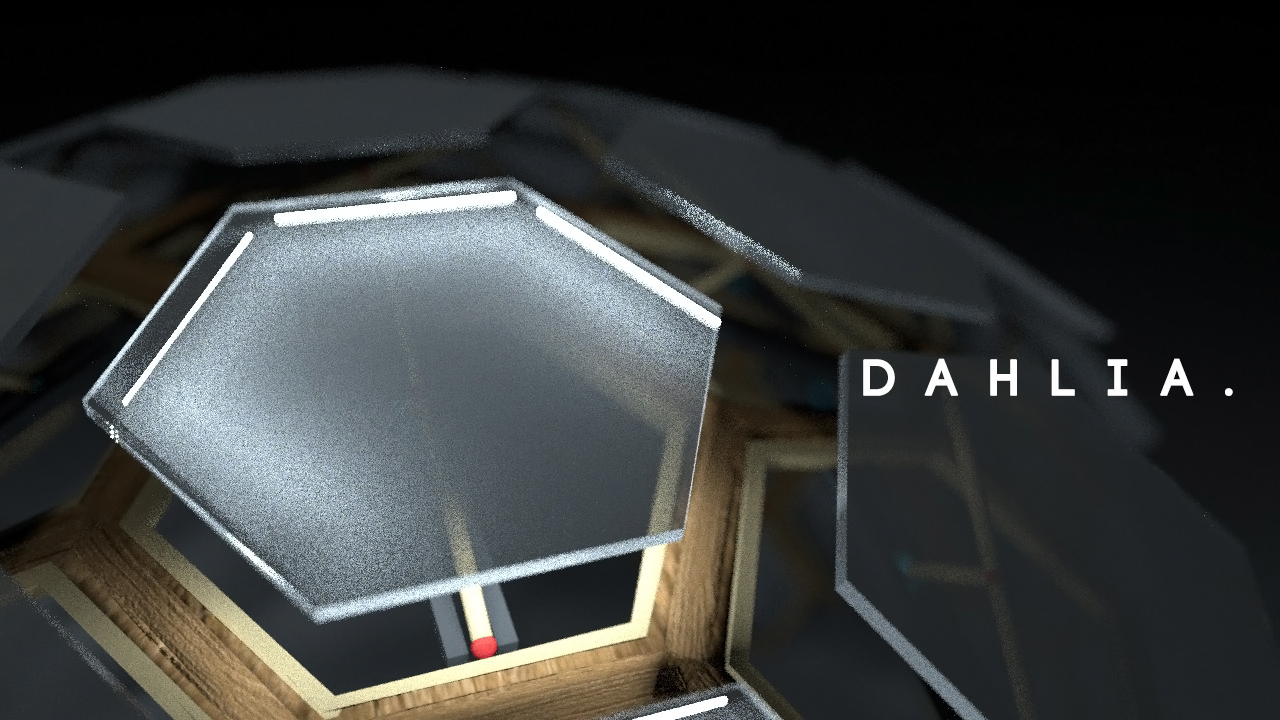Design Collaboration Studio
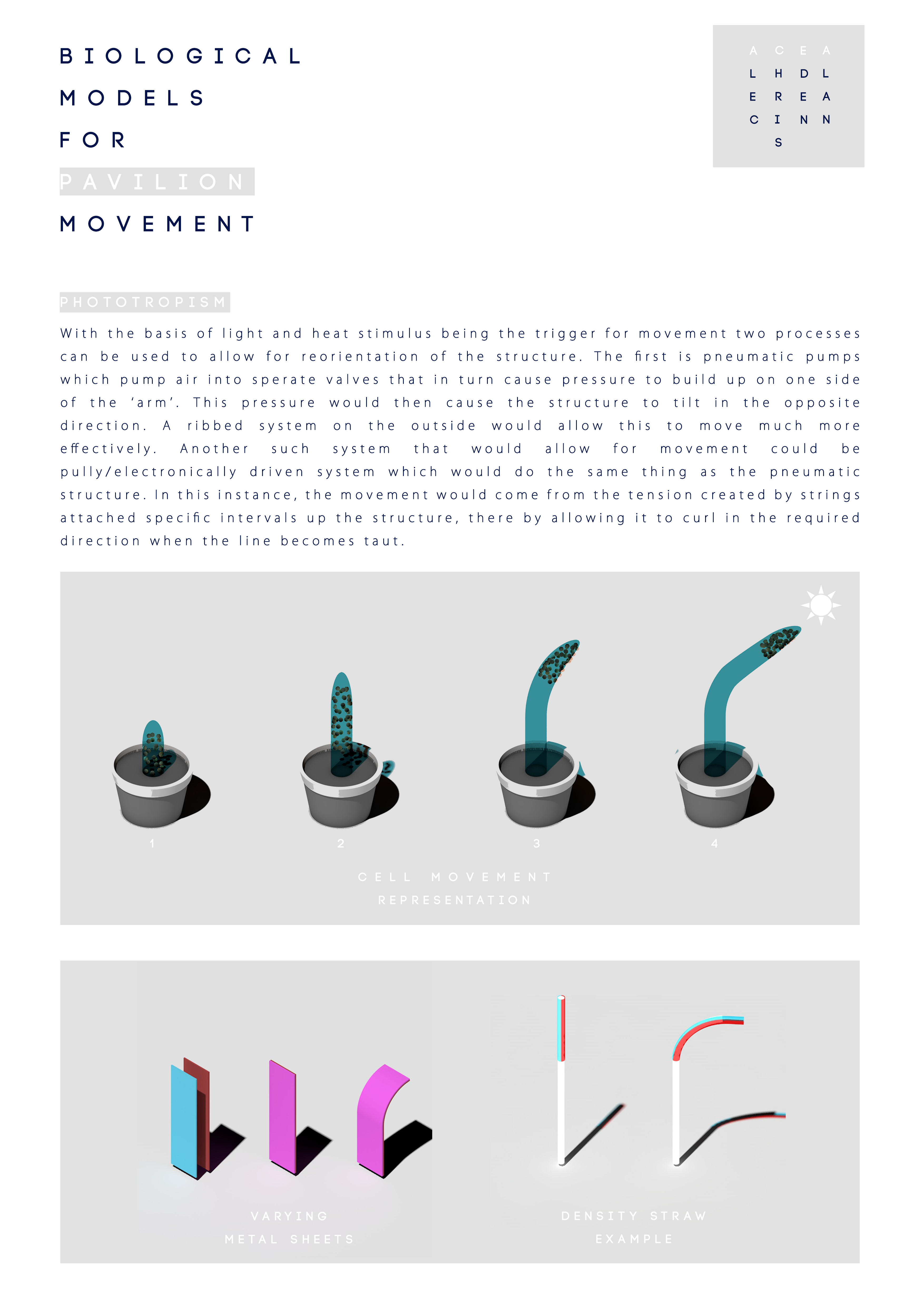

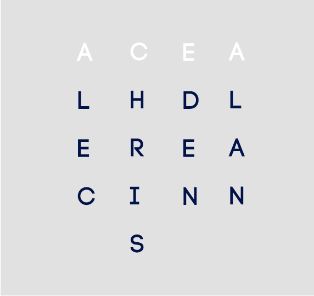
To design a Pavilion that is reactive to people's presence in order to improve or solve a specific element or feature of the shelter. Our particular pavilion was to enable the ability to create both private and public space with the option to open or close frame. This allows controlling of noise leak and also the feeling of closure/ privacy versus openness and publicity.
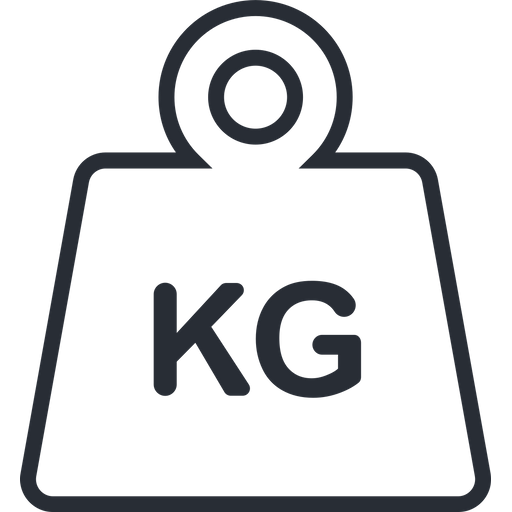
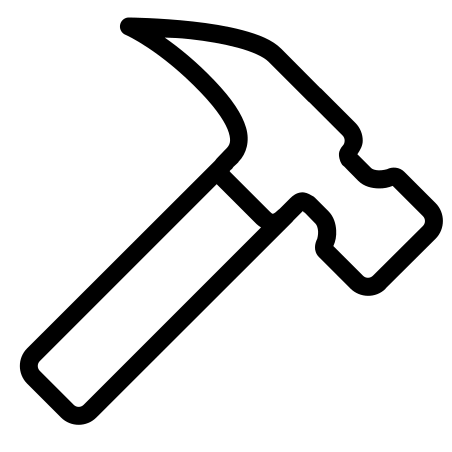
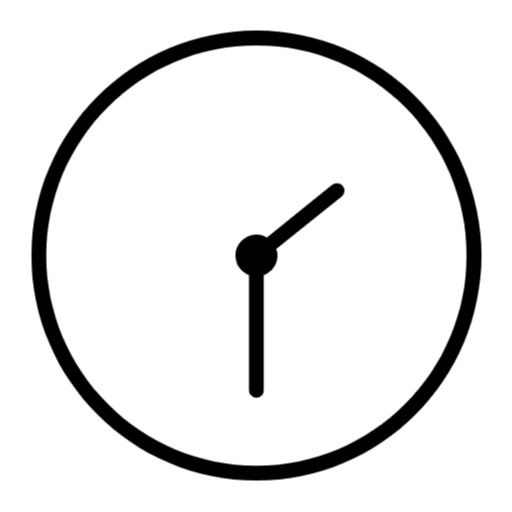
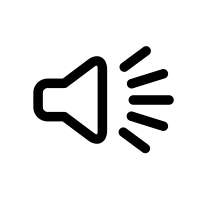
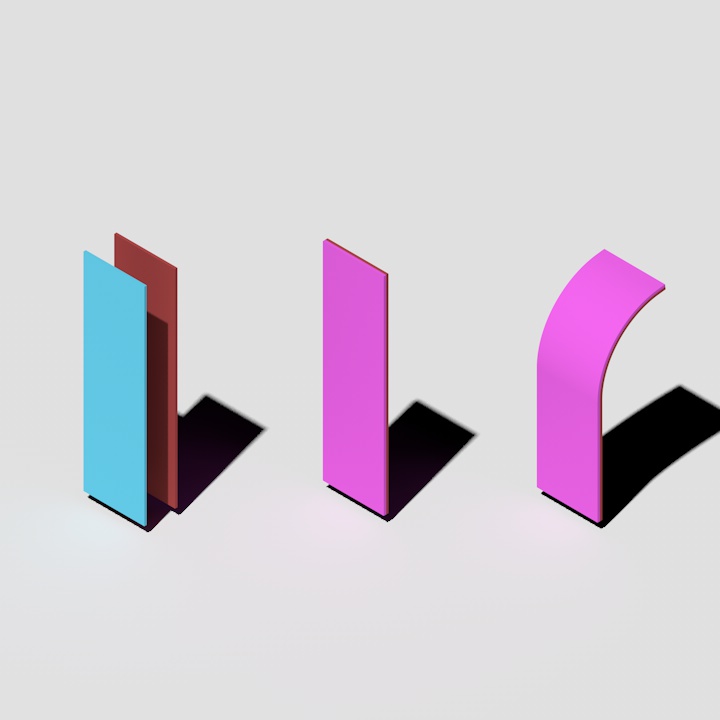
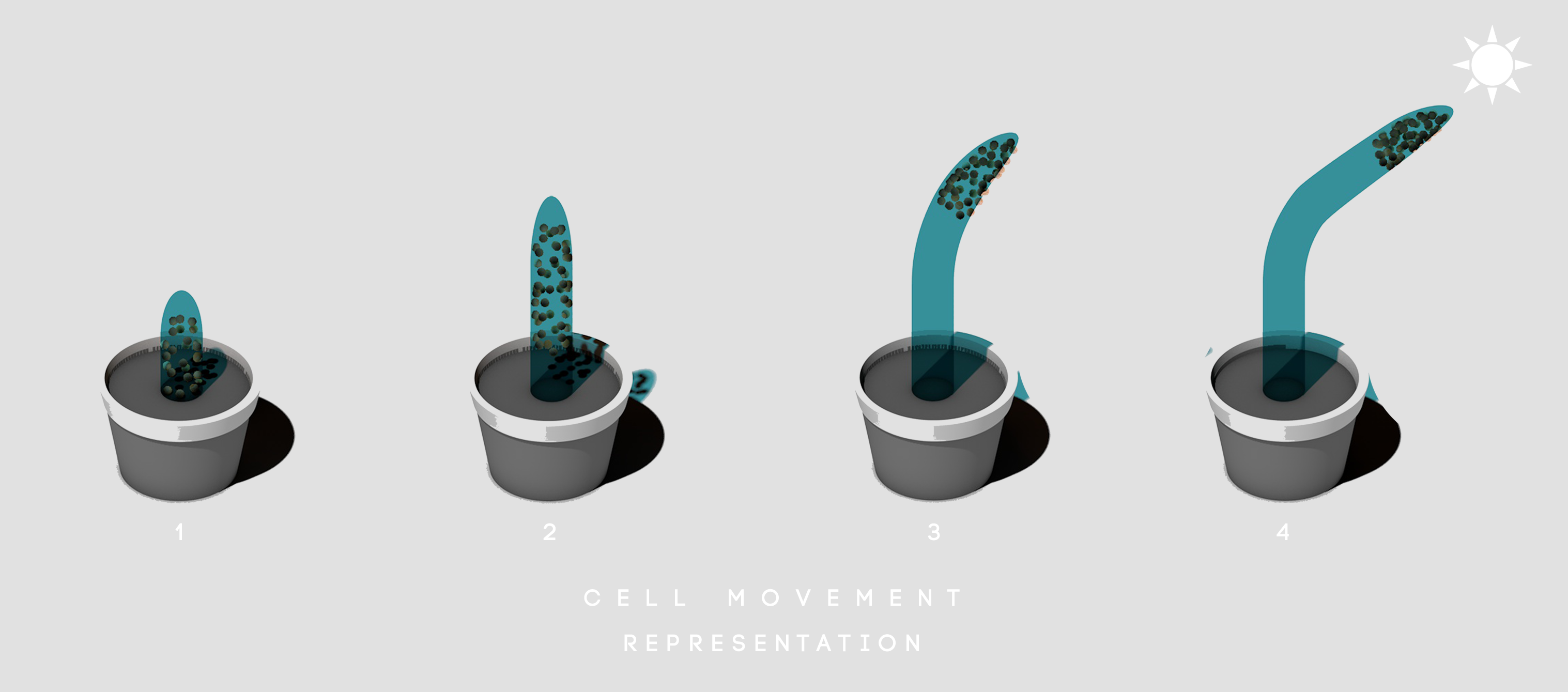
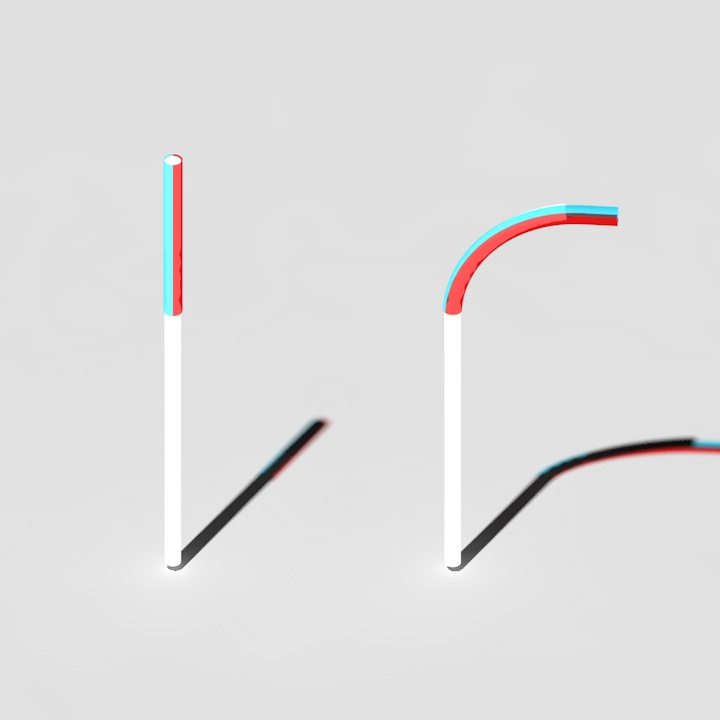
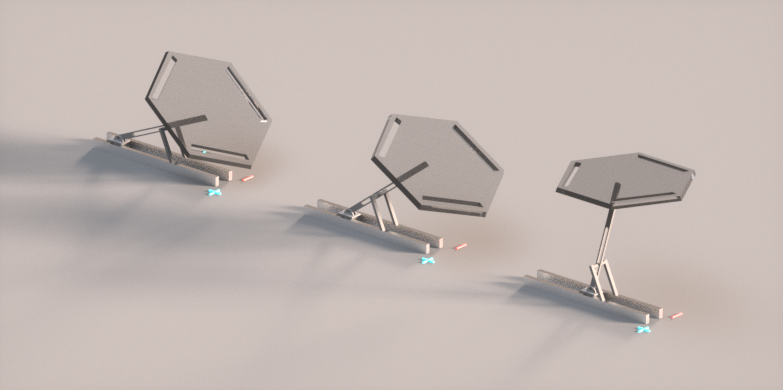
In the end, when factoring money, time and research available, we decided to go with Electro Magnetic rails as the system to move the pavilion. the benefits include, a silent transition of parts, a quick and instantaneous supply of power, easy application to Arduino and affordable prototyping and research. Our biggest concern is weight to power distribution and if our motors are able to generate enough power to lift each individual panel on its own. We developed our rails to create movement based off pivot points rather than having multiple individual motors to push in different axis's.
We then used Grasshopper in Rhino to visually limit test if our design would work on a dome shaped form. We also referenced this motion to create our animation at the very end.
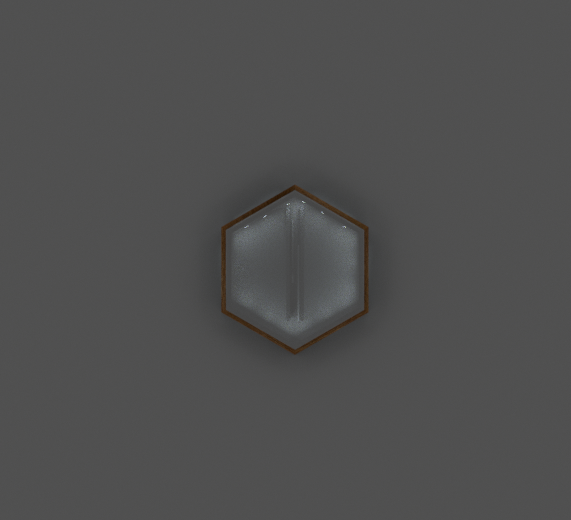
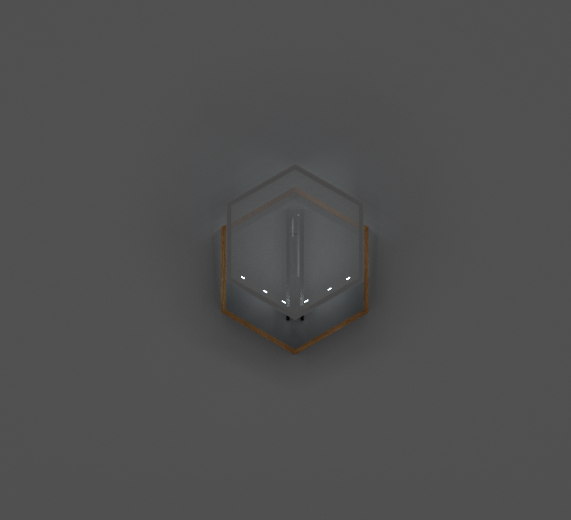
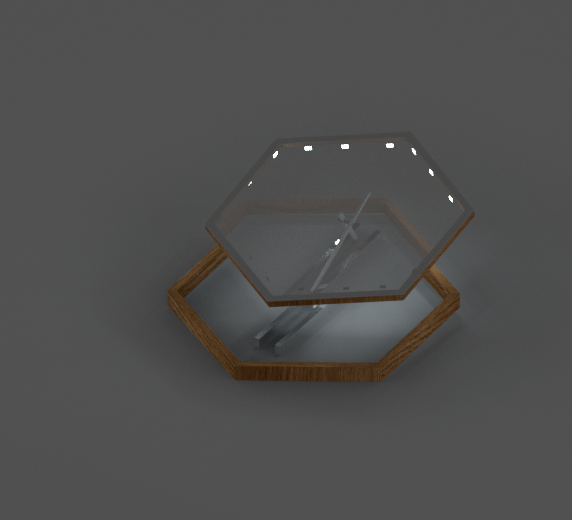
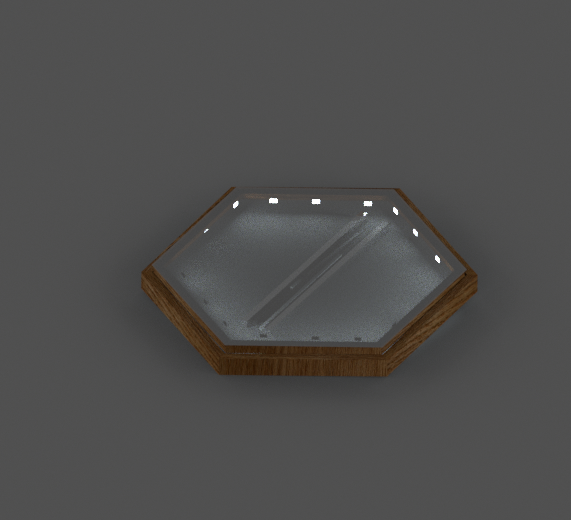
My role of the team was aesthetic and visualizer. I was in charge essentially cleaning up the project and making it look nice, giving the materials a purpose and figuring out how to best optimize the best use of lights. We opted for frosted acrylic, nested between laser cut wood frames, and then lining the insides with led Strips that were cheap in bulk purchases off wholesales. The result would be connection of individual modules that can be interchangeable depending on need and context of its surrounding. The light that hits the frosted acrylic, generates an ambient atmosphere that's easy on the eyes but also takes advantage of a closed dome space.

